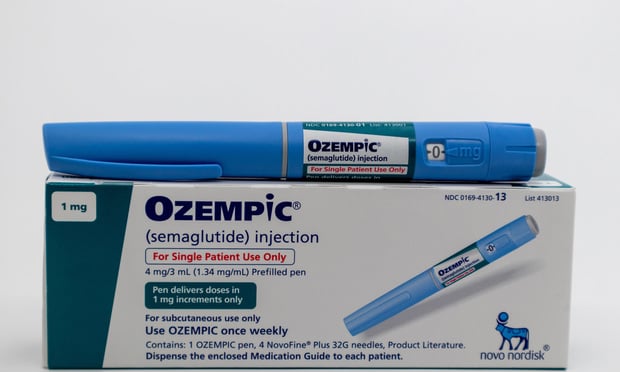 Shifting the mindset to think of employees as customers may be the key to a successful health benefit communications campaign. (Photo: Shutterstock)
Shifting the mindset to think of employees as customers may be the key to a successful health benefit communications campaign. (Photo: Shutterstock)
Do we have telehealth benefits? Who do I call to get counseling for my daughter? I know I missed open enrollment, but can I make one small change?
To the dismay of many HR benefit professionals these questions are all too familiar, especially given the significant amount of time, money and people resources dedicated to offering turn-key benefits to their workforce. Employees often don't pay attention or read the communications sent, and as a result many won't participate and fully engage in the benefits package offered.
Related: Benefits in a new world
A recent employer survey conducted by the non-profit Midwest Business Group on Health found that employers' top benefit priority for 2020 was providing effective health benefit communications, followed by employee engagement in programs and use of benefits.
When benefit plans meet employees' needs, workers are more engaged with their jobs and are more likely to remain with their employer. Engagement is not simply participation, but also whether employees are truly using and benefiting from the health programs and services offered.
Shifting the mindset to think of employees as customers may be the key to a successful health benefit communications campaign. The role of the HR benefits professional is sometimes that of a marketer. The end goal is to meet employees where they are in their health journey, provide a personalized employee experience, capture their attention at the right time and place, and keep them engaged.
A communications approach tailored to an organization's culture is critical to engaging employees in appropriate use of health care, employer-provided benefits and health improvement programs. The right mix of resources and tools and the way they are sequenced and reinforced can have a significant impact on how employees manage their health and make informed health care decisions.
This is even more critical amid the COVID-19 pandemic. HR benefit professionals are channeling much of their communications efforts toward getting the word out about critical topics related to remote work, travel restrictions, furloughs, layoffs and personal health and safety. It is especially important for this to remain a top priority, especially as employers do not want people to feel isolated. This is also a time when benefit communications can be refined and refreshed in preparation for the upcoming open enrollment season.
According to the 2020 Edelman Trust Barometer, employers are trusted to provide accurate information, however they are not always perceived to be ethical. This presents opportunities as employers prepare for the upcoming open enrollment season; how employees view their employers now will influence their ability to engage them later.
A first step is creating a listening strategy. Typical communication channels no longer get the attention of employees. It's time to get creative and wear the hat of a marketer to think through how to communicate benefit offerings and changes to ensure employees understand their options and engage with programs that will improve their health and wellbeing. Ensuring a central location for all benefits materials is a good investment. While many employees are sheltering at home, consider hosting virtual focus groups to learn more about what benefits they value and how they want to receive benefit communications.
Given the far-reaching impact of COVID-19 on the health and wellbeing of the US workforce, ensuring that employees understand and take advantage of offered benefit programs is more important than ever. The work done now can make a big difference come open enrollment season this fall.
Dawn Weddle is director of member engagement at Midwest Business Group on Health.
© 2025 ALM Global, LLC, All Rights Reserved. Request academic re-use from www.copyright.com. All other uses, submit a request to [email protected]. For more information visit Asset & Logo Licensing.







